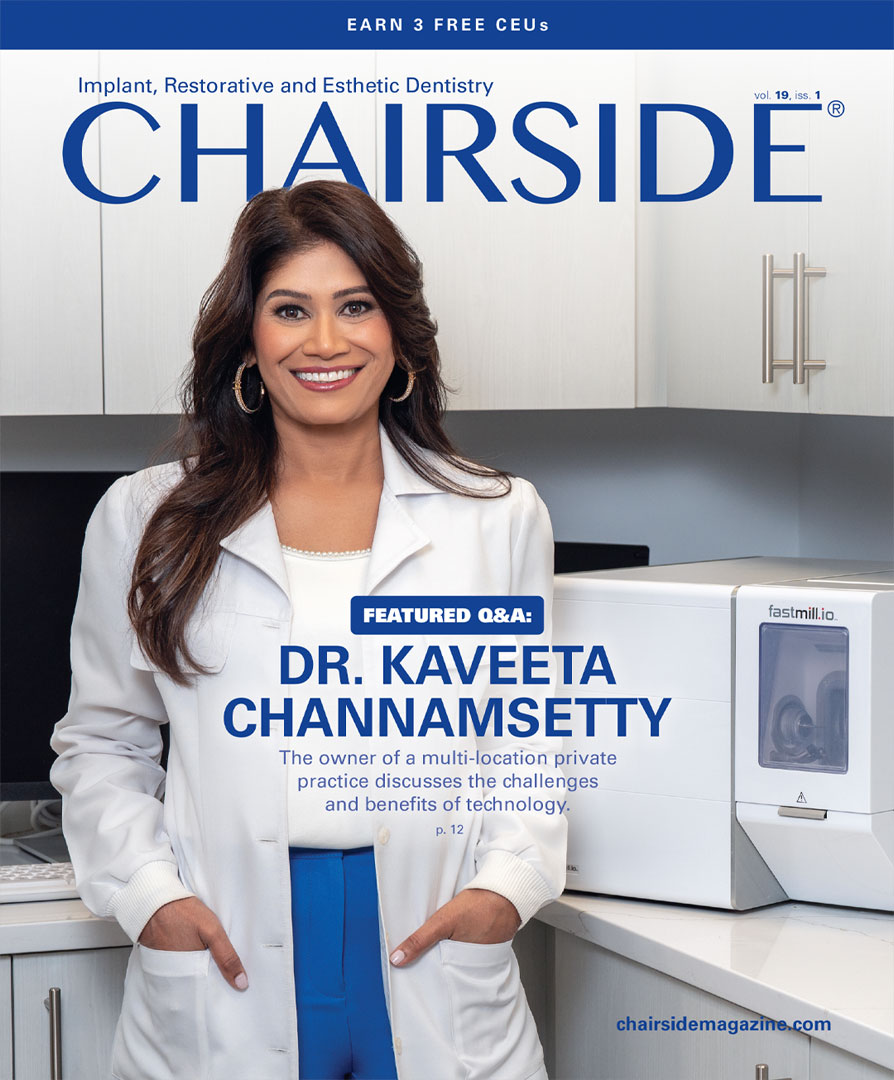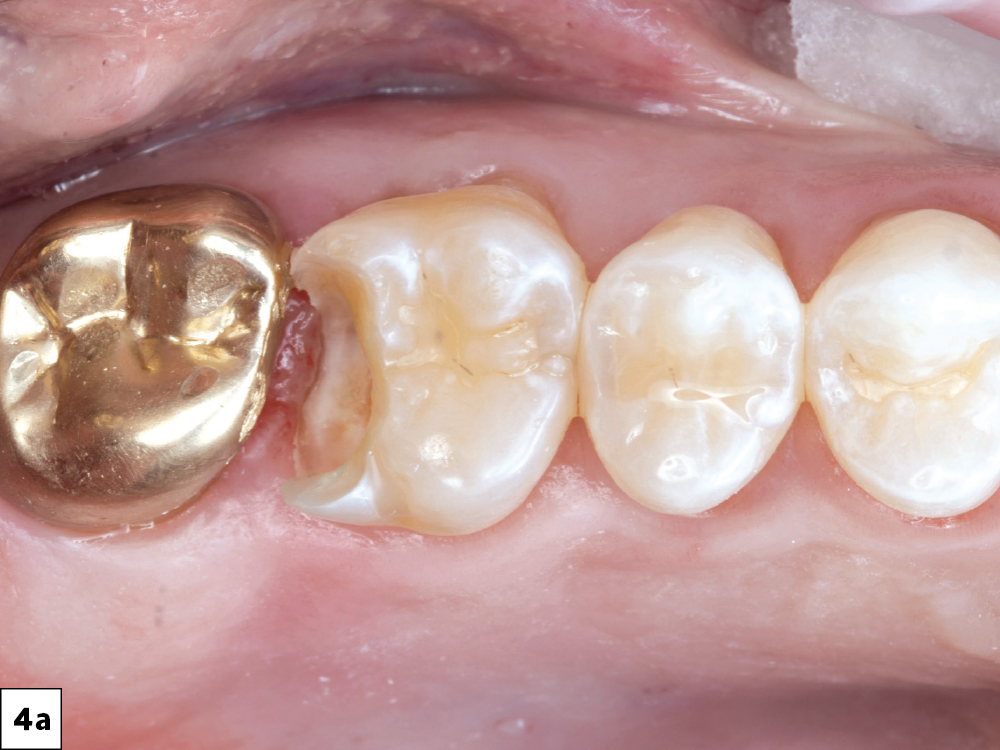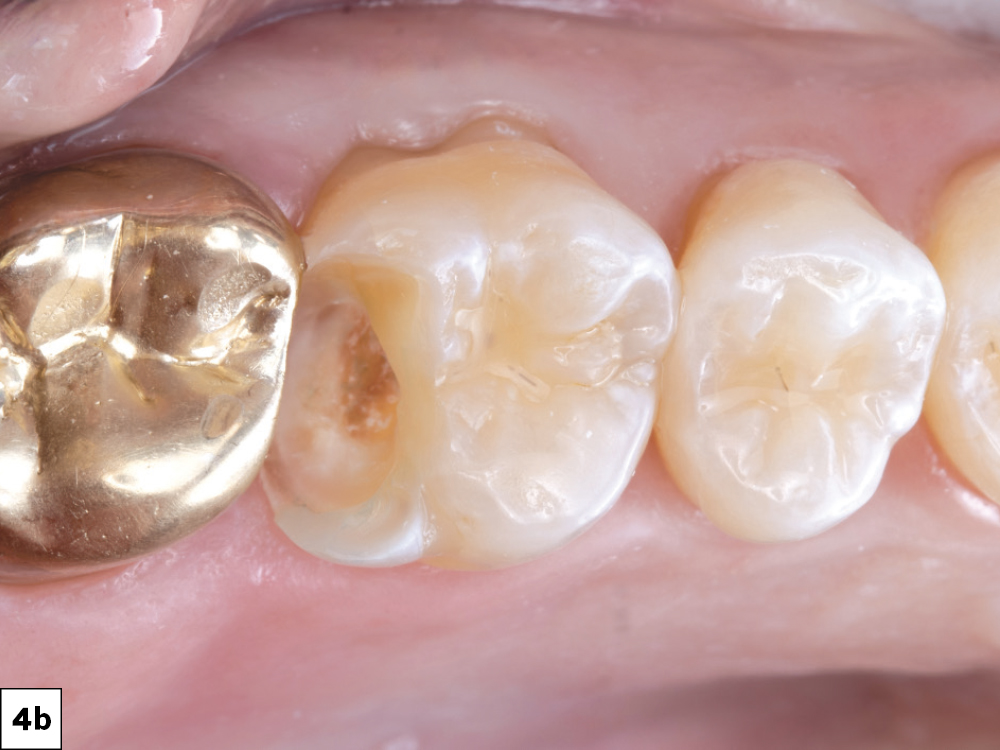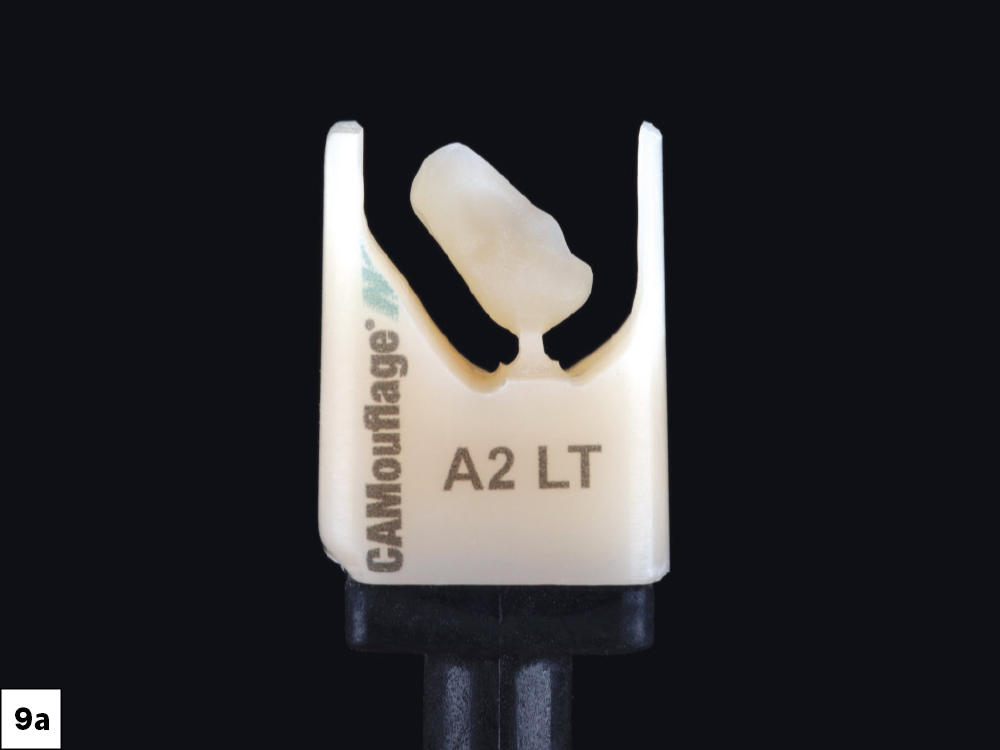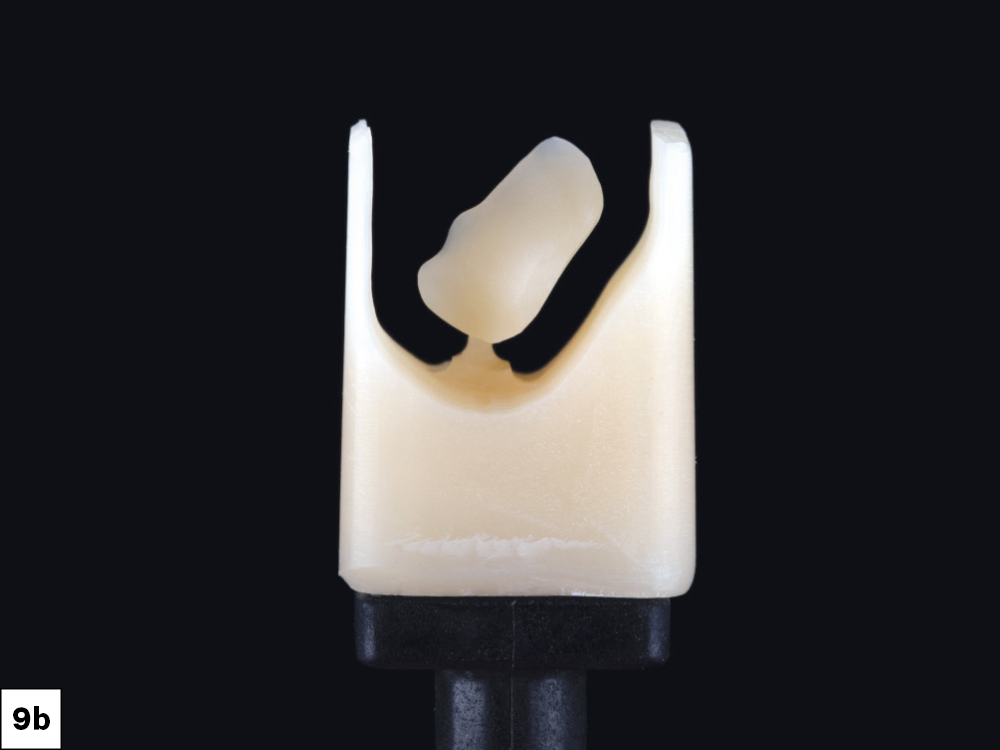Using a Ceramic-Filled Nanohybrid Resin Composite for Same-Visit Restorations

The patient presented with a large carious lesion on the distal of tooth #3, requesting a same-visit solution. I determined that the glidewell.io™ In-Office Solution — including the fastscan.io™, fastdesign.io™ and fastmill.io™ workflows — would enable me to plan, design and mill a restoration that would meet these needs and exceed the patient’s expectations. I chose the CAMouflage® NOW resin milling block to create the restoration because the material can be milled quickly, while the well-documented and reliable bonding procedure provides much needed structural support for the remaining tooth structure.
CASE REPORT
CONCLUSION
This case shows the restoration of a relatively large carious lesion with a conservative restorative strategy. Thanks to the digital workflow and my in-office mill, the patient left the chair with most of his remaining tooth structure intact. Most importantly, the patient was pleased with the result and the speed with which it was achieved.

